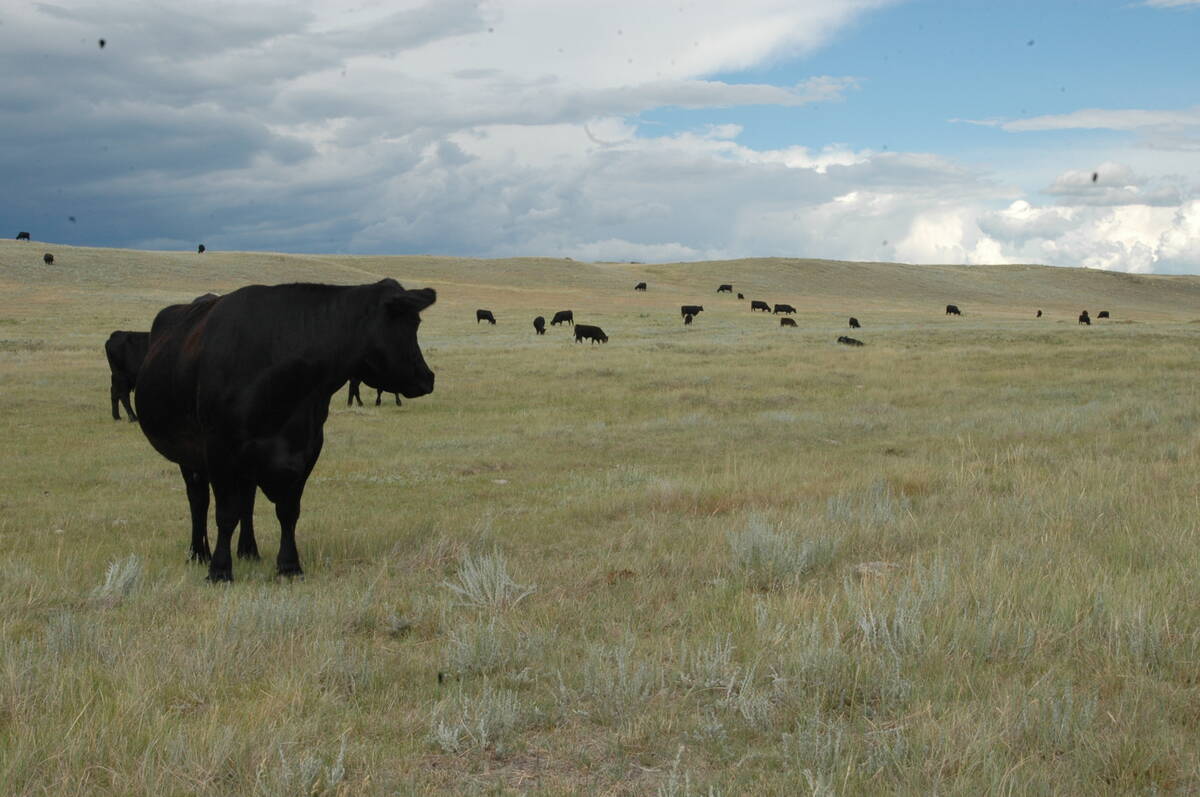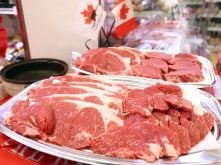Saskatchewan has a lot of horses for sale.
A study of the state of the provincial industry in 2009 found there are about 115,000 horses, with a third defined as young horses not yet in use.
But people breed horses for a reason, said Vel Evans of Strategic Equine Marketing in Newmarket, Ont., who did the study.
“This province needs some customers,” she said at the Saskatchewan Horse Federation conference in Regina last weekend.
The study was based on a survey of 386 participants last summer.
Read Also

Saskatchewan Cattle Association struggles with lower marketings
This year’s change in the provincial checkoff has allowed the Saskatchewan Cattle Association to breathe a little easier when it comes to finances.
The herd has increased about 20 percent since 2006 and the study also showed that about 60 percent of the people in the industry would like to own fewer horses within the next five years.
Evans said developing a strategy to sell all these horses is important.
Terry Fagrie, SHF president, said he didn’t sense concern at this point about where the customers will come from. He said getting the study information out to all stakeholders is the next step.
Government in particular should know that there is about $1 billion invested in the industry, he said.
This includes horses, tack, equipment and farm upkeep.
The study also found that the industry spends about $426 million annually to care for and participate in activities with horses.
Evans said the herd size is about where it was in 2001. An estimated 21,000 horses were involved in the PMU industry, which was cut in 2003.
“I believe a fair percentage of the mares stayed in the province and in production,” she said, estimating probably 13,000 mares stayed.
The main use of the approximately 80,000 mature horses is breeding, at 31 percent.
Ranch work accounts for 21 percent, pleasure riding for 22 percent and non-racing competition for 16 percent. PMU mares represent three percent and racing horses account for two percent.
Evans said prices are going down and herd values are declining. For example, the prices of pleasure riding or driving horses have dropped by 35 percent to an average $1,362.
Her study also found about 11,000 people own horses but 38,000 people participate in the industry through sports, training and other activities.















